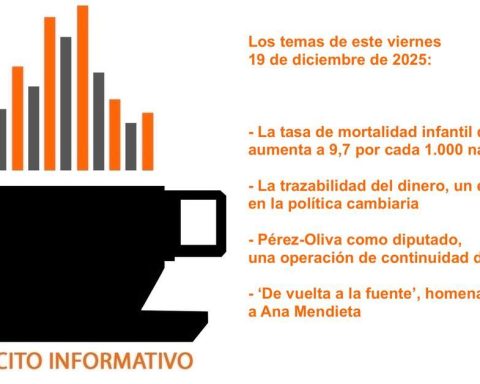
The Minister of Labor and Social Security, Pablo Mieres, announced last December that the national minimum wage will increase by 9% from January 202. This measure was approved in agreement with the Ministry of Economy and Finance, and has already been duly presented to the Tripartite Superior Council.
Mieres affirmed that this is the third consecutive year in which the government establishes an increase in the minimum wage above inflation, which guarantees that the purchasing power of workers is not affected. In addition, he pointed out that this indicator serves as a reference for all sectors of activity, and that it is even used as a reference for the informal labor market in many cases.
Regarding the average salary index, the minister has indicated that the Government will wait until the end of the year to evaluate how the consumer price index (CPI) closes and thus establish the new salary indicator. In addition, he has announced that the tenth round of salaries will take place in July 2023, for which the Executive Power plans to present a recovery proposal that completes the process that has begun. With this increase, the new national minimum wage will be 21,106 pesos, which today is equivalent to about US$540 and around €495.
Uruguay has one of the best minimum wages in the region
According to the Statista portal, Uruguay has second place in the ranking of minimum wages in Latin America. The first is that of Costa Rica, equivalent to about US$603 (350,975 colones), and is followed by Uruguay with US$540 (21,106 Uruguayan pesos). Third is Chile’s, with US$475 (410,000 Chilean pesos).
Ecuador completes the top 5 in fourth place with US$450 (the US dollar is the official currency), and Guatemala with US$403 (3,166 quetzales.

















